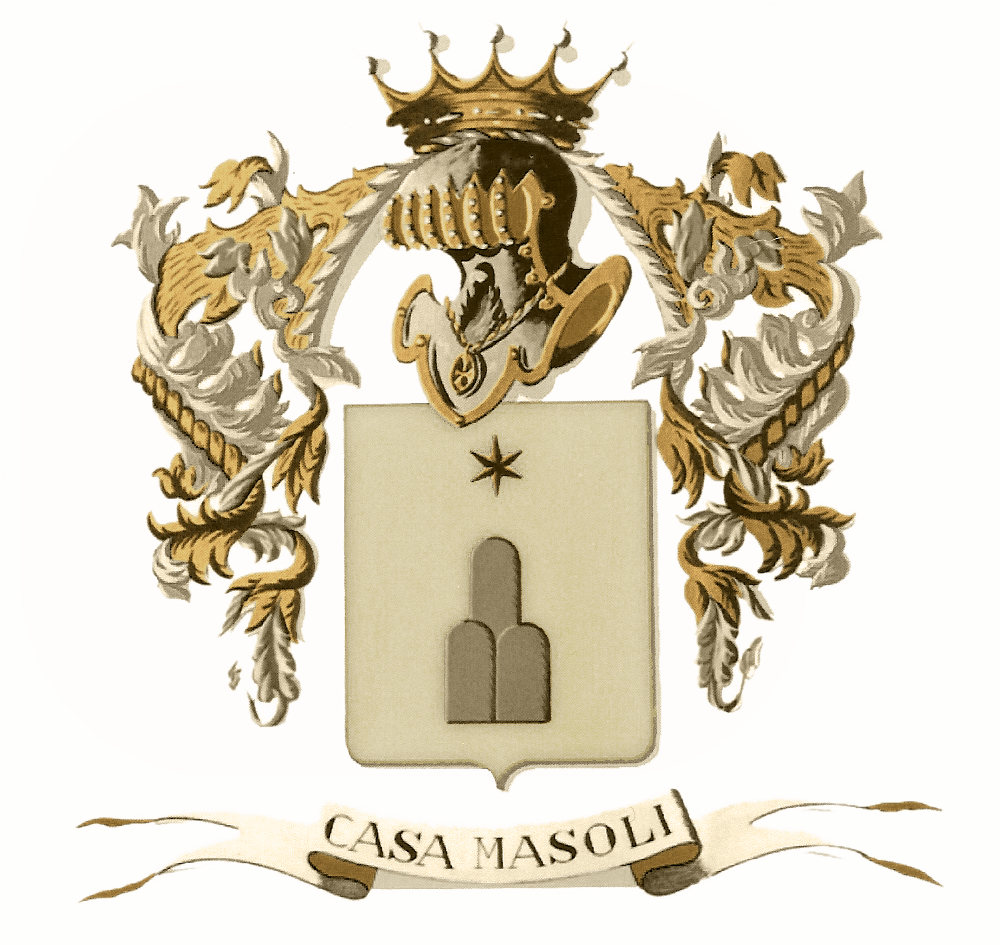Dolce & Gabbana and Icona Fashion Princess Teodora
Ravenna January, 14th 2014
The new collection of Dolce and Gabbana watches in Ravenna .
Theodora is the woman of the moment, through the mosaics of San Vitale is entered in the ' imagination of designers.
It was 2010 when Karl Lagerfeld, deus ex machina of the "Maison Chanel", arrived to visit San Vitale in Ravenna and the wonderful mosaics located on either side of the apse, depicting the procession of honor of the Byzantine emperors Justinian and Theodora , built around the mid-sixth century.
Princess Teodora - San Vitale - Ravenna
The image of the Empress ' Theodora especially , is distinguished by the splendor of jewels: a large tiara with pearls and gems , long earrings and a cloak studded with precious stones, that he had to remind Lagerfeld 's old passion for Coco Mademoiselle showy and precious jewels " bizanthinum style" , which singled her out already in the thirties .
Admiration of Lagerfeld in front of the mosaics of Ravenna , was born in 2011, the " Chanel Metiers d' Arts collection Paris- Byzance " , with embroidery and stones set in velvets and brocades , but references to the rich iconographic sample period ' has raged in recent years in the signatures of international fashion brands such as Versace and Emilio Pucci , until the current winter collection of Dolce & Gabbana , which is directly inspired by the style of Theodora, dresses and jackets in the colors , and themes of opulence ' Byzantine mosaic art , in a blaze of gold and royalty.
"It 's the woman Theodora copied more of the time ," said Mark Bussagli , professor of artistic anatomy ' Academy of Fine Arts in Rome , in commenting on the Byzantine style which influences the choices of designers for years . The beauty of Theodora is now far away from the canons of fashion designers : not tall in stature, perfectly proportioned , deep blacks eyes and a scar on his cheek , probably a legacy of the turbulent youth, was equipped with a charisma that has passed through the centuries , as a ' acute intelligence that enabled him , in spite of come from the slums , to marry Justinian in 523 AD , winning more than a few resistors .
He remained on the throne for twenty-two years, until his sudden death from cancer , one of the first documented cases from history, forty-eight years. The figure of the Empress is an icon that is fueling today 's European ambitions of Ravenna: capital of the Roman Empire to European Capital of Culture , a goal that the big fashion seem to have already promoted .
Today, in a more complex way than the Byzantine world where the dress and costume were badges of status , fashion engages a social mechanism which represents an authentic form of communication and continues to transmit recognizable elements of that culture as an integral part of our historical baggage .
In San Vitale, the incomparable charm of the mosaics represents offerings to the imperial city of Ravenna. It is . of a symbolic ceremony , never took place in reality, an official portrait that shows us the image that the two Byzantine emperors wanted to deliver to history: Theodora has the richest robes and jewels , hand brings the golden chalice for the mass.
On the brink of the dress you see an embroidery with the Three Kings . Next to her , the rich and colorful procession of ladies, a large following that continues even beyond the curtains , on a background of gold mosaic tiles , the color of spirituality.
A vision that in the past had already bewitched Gustav Klimt, who in 1903 went to Ravenna twice , enchanted by the gold of the mosaics , which will greatly influence the production . works come'Il Kiss , "in which he brought together the oil painting with gold leaf , creating different geometric patterns derived from the mosaics of Ravenna .
Silvia Arfelli - "La voce di Romagna" newspaper
Image from "La Voce di Romagna" NewsPaper


